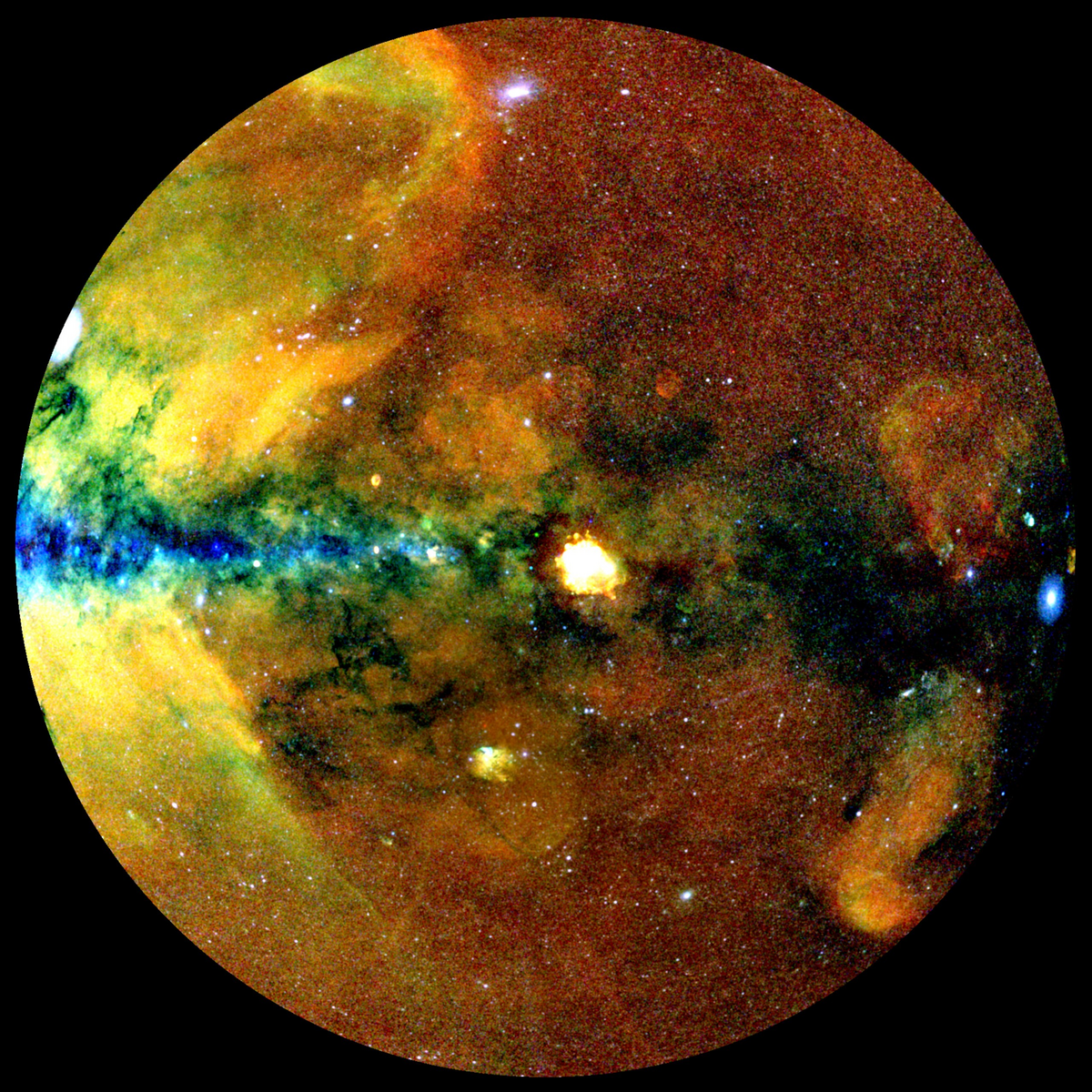Fig.1 Superflare on a red dwarf star. The huge event was observed with eROSITA in X-ray light and simultaneously in optical light with the Transiting Exoplanet Survey Satellite (TESS) of NASA. The peak of the brightness in optical light precedes that of the X-ray light, and the decay phase lasts longer in X-rays. This time evolution is similar to observations of flares on our Sun. However, in the event shown here the red dwarf star has emitted in each of the two wavebands 100 000 more energy than what is produced by a solar flare.
This image show half of the X-ray sky, projected onto a circle (so-called Zenit Equal Area projection) with the centre of the Milky Way on the left and the galactic plane running horizontally. Photons have been colour-coded according to their energy (red for energies 0.3-0.6 keV, green for 0.6-1 keV, blue for 1-2.3 keV).
https://www.mpe.mpg.de/7989698/news20240131
In this animation, you can enjoy the X-ray sky as seen by eROSITA. The X-ray bands have been colour-coded according to their energy (red for 0.3-0.6 keV, green for 0.6-1 keV, blue for 1-2.3 keV) and a number of prominent sources have been highlighted.
eROSITA is the soft X-ray instrument aboard Spektrum-RG (SRG), a joint Russian-German science mission supported by the Russian Space Agency (Roskosmos), in the interests of the Russian Academy of Sciences represented by its Space Research Institute (IKI), and the German Space Agency at DLR (Deutsches Zentrum für Luft- und Raumfahrt). The SRG spacecraft was built by Lavochkin Association (NPOL) and its subcontractors, and is operated by NPOL with support from the Max-Planck Institute for Extraterrestrial Physics (MPE).
The telescope was launched into space onboard the SRG mission on July 13, 2019. Its large collecting area and wide field of view are designed to perform to a deep all-sky survey in the X-ray band. Over the course of six months (December 2019 to June 2020), SRG/eROSITA completed the first survey of the whole sky at energies 0.2-8 keV, which is significantly deeper than the only existing all-sky survey with an X-ray imaging telescope, performed by ROSAT in 1990 at energies 0.1-2.4 keV. Three more scans of the entire sky were completed between June 2020 and February 2022.
The German eROSITA Consortium is led by the Max Planck Institute for Extraterrestrial Physics (MPE), and includes the Dr. Karl Remeis Observatory Bamberg, the University of Hamburg Observatory, the Leibniz Institute for Astrophysics Potsdam (AIP), and the Institute for Astronomy and Astrophysics of the University of Tübingen, with the support of DLR and the Max Planck Society. The Argelander Institute for Astronomy of the University of Bonn and the Ludwig-Maximilians-Universität Munich also participate in the science exploitation of eROSITA as associated institutes. The eROSITA data are processed using the eSASS software system developed by the German eROSITA consortium.
eROSITA has been placed in Safe Mode in February 2022, and has not restarted science operations since.
Publications:
eRASS1 catalogue
Merloni et al.: The SRG/eROSITA all-sky survey, First X-ray catalogues and data release of the Western Galactic hemisphere
A&A volume 682, A34.
https://www.aanda.org/10.1051/0004-6361/202347165 m
Publications with first author from IAAT:
https://arxiv.org/abs/2401.17287
https://arxiv.org/abs/2401.17292
https://arxiv.org/abs/2401.17298
https://arxiv.org/abs/2401.17311
https://arxiv.org/abs/2401.17312
eRASS1 Facts & Figures:
- Observation period: 12 December 2019 - 11 June 2020
- Days of observations: 184
- Observing efficiency (avg. fraction of time spent by the telescope collecting data): 96.5%
- Total number of individual photons detected in the 0.2-2 keV energy range: 170 million [half-sky]
- Total number of detected X-ray sources: ~900k [half-sky]
- Total number of detected AGN (accreting supermassive black holes): ~710k [half-sky]
- Total number of detected stars in the Milky Way: ~180k [half-sky]
- Total number of detected clusters of galaxies: ~12k [half-sky]
- Total volume of scientific data transmitted down to earth by the instrument: 75 GB [all-sky]
- German eROSITA Consortium: ~250 members (incl. 80 early career researchers)









